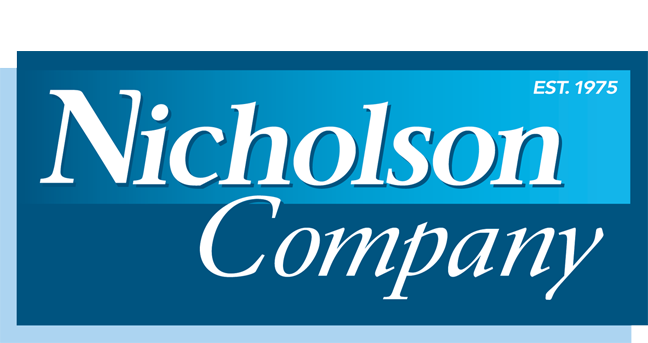Winter Indoor Air Quality Tips
The stuffy, dry conditions in your home during the winter can be brutal. Not only can they result in uncomfortable skin conditions, but they can also affect the health of your household members. It is important to think about these issues even before the mercury begins to fall so that you can be sure your home comfort equipment is ready when the weather changes. Evaluate the following issues now so that you can improve indoor air quality in your residence this winter.
Maintain Your Equipment
Don’t begin the winter heating season without having your furnace inspected and fine-tuned in advance. Preventive maintenance includes cleaning of sensors, heat exchangers, and other parts that can affect the operation of the system as well as your indoor air quality. You will also want to install a new furnace filter prior to the onset of heating season so that your air supply is cleaned efficiently. Check the filter each month so that prompt replacements can be made.
Keep Germs at Bay
A contaminated air supply can affect the health of your family, making it important to consider filtration options before the flu season hits its stride. An air purifier may help in removing irritating particulates from the airstream, improving your indoor air quality. However, investing in a germicidal air cleaner is wise if you want to reduce your exposure to germs. This type of system captures biomaterials in the airstream, killing viruses, bacteria, and mold. This can be a huge help if you have family members with chronic respiratory conditions.
Manage Humidity in Your Home
Winter moisture levels in your home will be significantly lower than the summer levels. The cold air holds half as much moisture as warm air holds, making the environment naturally dry. As your furnace operates, this can deplete much of the remaining moisture from the air supply in your home. When the relative humidity in your home falls below 15 percent, your mucous membranes can become dry, affecting your defenses against common winter illnesses. Your RH should be between 30 and 50 percent, and the following tips may help you to monitor and manage this issue:
- Use a hygrometer to measure indoor RH levels.
- Install a furnace humidifier to disperse moisture into the environment.
- Consider upgrading your furnace to a two-stage system that only uses high heat levels when temperatures are extremely cold.
Monitor for Dangerous Emissions
Carbon monoxide poisoning is more common during the winter months as combustion appliances and equipment are used more widely. Heating equipment, fire places, and attached garages are some of the most common sources of the invisible but deadly gas. The following steps may help in protecting your family:
- Install carbon monoxide alarms in each sleeping space and on each level of your home. Be sure that alarms are installed near attached garages as well.
- Have ducts inspected and sealed to prevent the backdrafting of carbon monoxide into the home.
- Schedule a thorough safety inspection of heating equipment. This can be accomplished at the time of your preventive maintenance.
Infuse the Environment with Fresh Air
Ventilation can make a huge difference if you need to improve indoor air quality. Balanced ventilation involves the expulsion of polluted air from the home while drawing in fresh air from the outside. Indoor air tends to be much more polluted than outside air because there are so many chemicals and materials introduced into your home’s air supply through daily activity. Cooking emissions, air fresheners, laundry products, and office supplies are just a few sources of such contaminants. As polluted air is traded for fresh air, your household can breathe easier.
To ensure that your ventilator doesn’t affect your utility costs, consider the installation of an energy recovery ventilator or a heat recovery ventilator. These are designed to recover heating and cooling energy from the outgoing air, preconditioning the incoming supply. This is a task that is best handled by an HVAC professional to ensure proper balancing.
Schedule an Indoor Air Quality Evaluation
Each home has unique structural features and needs, and you may need customized help in identifying indoor air quality issues in your home. A technician from Nicholson Company can identify specific pollutants and problems, making recommendations for the best equipment and strategies for improving indoor air quality. Your technician can offer recommendations about the best humidifier choices, air cleaners, or ventilators based on the results of such an inspection. Call our office to schedule an IAQ appointment today.


